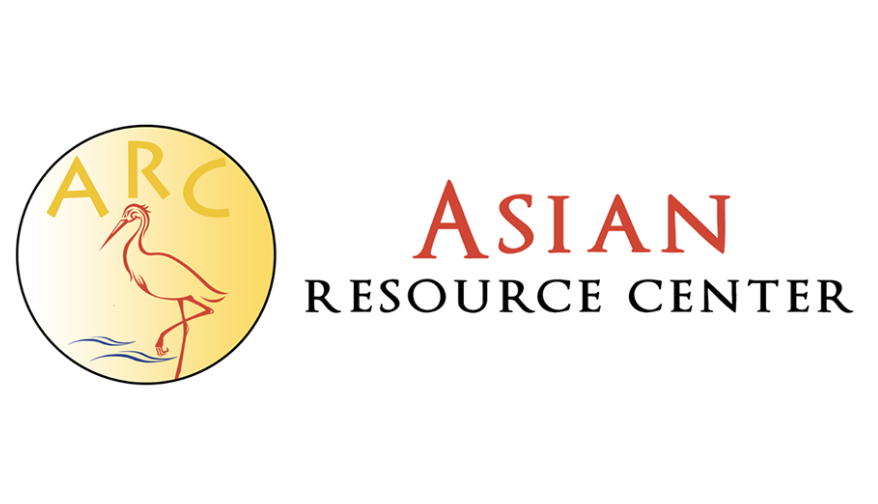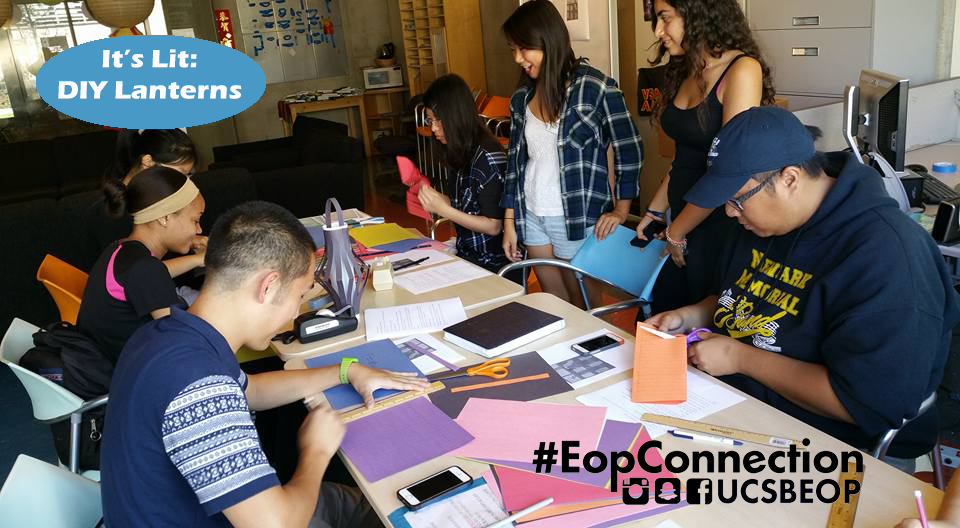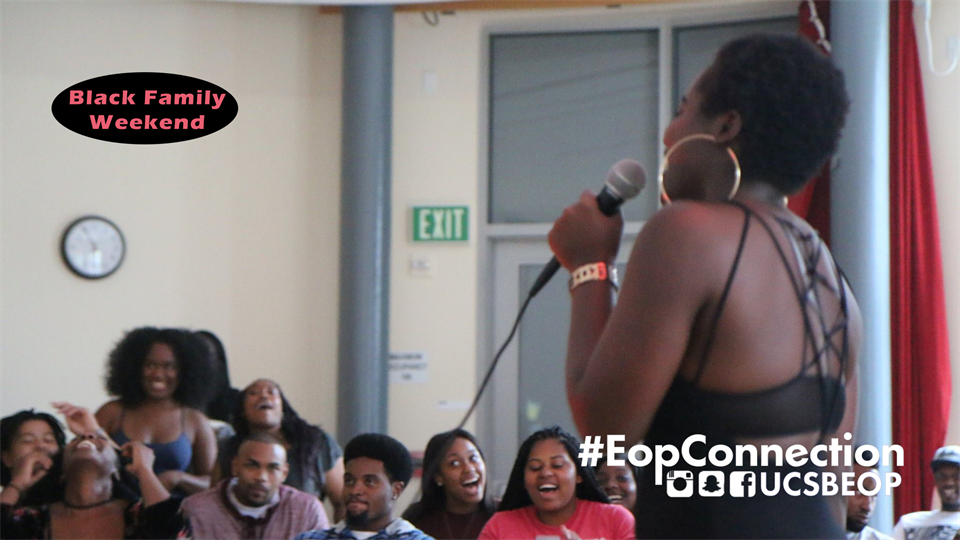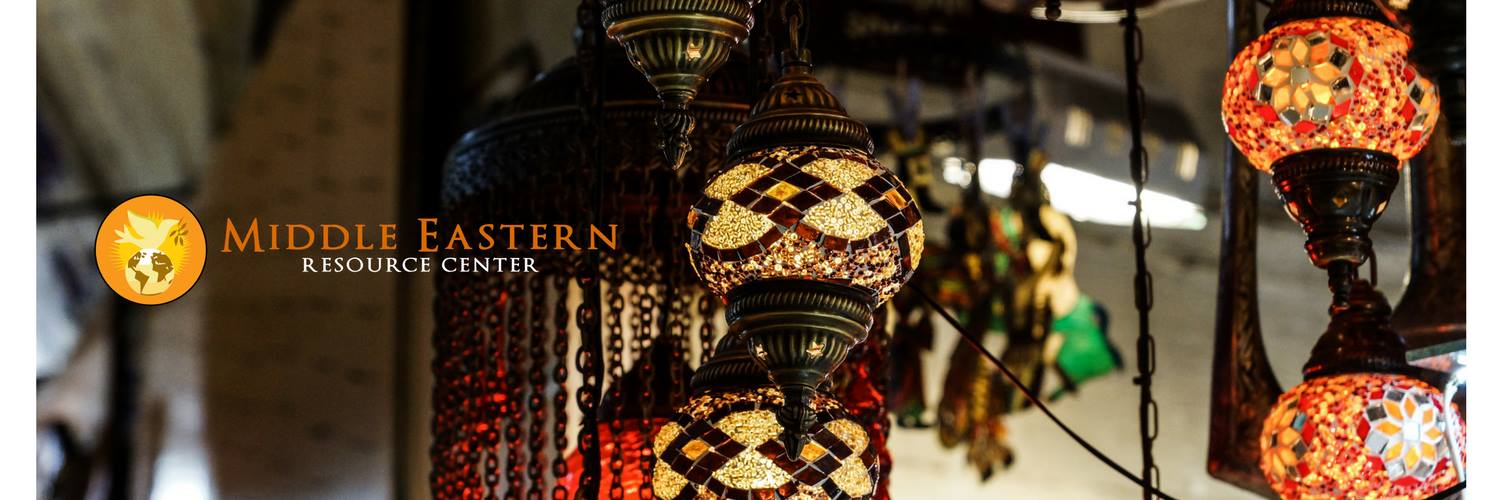Strengths & Stigma Around Mental Health in Different Cultures & Communities
For many students, family and community are at the core of their identity and have a strong influence on their lives.
What is also true is that these groups all have significant strengths that they may harness from strong foundations in family and community to tackle these challenges. Additionally faith and sprituality is a strong part of the fabric of many communities and can further serve as a source of positive support and and the tenants are values of the faith may be incorporated into healing and thriving
Your culture and community can have a significant impact on how you view mental health, whether or not you feel comfortable talking about mental health, and whether treatment is valued and accepted. Sometimes viewpoints about mental health are not so favorable and can make it difficult for students to get the help they need when things are challenging. You can be a part of changing the conversation about mental health. consider some of the unique challenges these communities face, and recognize the strengths they can harness to impact mental health
Also, you might wonder what's one of the best ways to build resilience? Get connected to groups on campus that might provide social support and community. Check out lists below of some of the student orgs unique to each of these communities.
What is also true is that these groups all have significant strengths that they may harness from strong foundations in family and community to tackle these challenges. Additionally faith and sprituality is a strong part of the fabric of many communities and can further serve as a source of positive support and and the tenants are values of the faith may be incorporated into healing and thriving
Your culture and community can have a significant impact on how you view mental health, whether or not you feel comfortable talking about mental health, and whether treatment is valued and accepted. Sometimes viewpoints about mental health are not so favorable and can make it difficult for students to get the help they need when things are challenging. You can be a part of changing the conversation about mental health. consider some of the unique challenges these communities face, and recognize the strengths they can harness to impact mental health
Also, you might wonder what's one of the best ways to build resilience? Get connected to groups on campus that might provide social support and community. Check out lists below of some of the student orgs unique to each of these communities.
Mental Health & Asian, Asian-American & Pacific Islander (AAPI) Cultures
What keeps those in the AAPI community from being open to addressing mental health?
In many AAPI cultures a core value is to behave in ways that brings honor to the family and community and avoid behavior that will shame them. Expressing feelings is oftentimes taboo, and some languages don't even have words for specific mental health concerns (e.g., depression). But when languages do have words that describe mental health concerns they tend to be negative (e.g., shénjīngbìng; jungshinbyungja; khud kushi) and further perpetuate the idea that mental health challenges are shameful and indicative of personal weakness or moral failing. Coupled with this, another core value within AAPI culture is to not be a burden to others. As such, many folks in the AAPI community keep struggles private rather than reach out for support.
Another significant factor that impacts attitudes about AAPI mental health is the "model minority" myth which suggests that all Asians are highly intelligent, successful, don't need assistance in school or daily challenges, and do not have mental health concerns. This stereotype not only serves to further isolate AAPI students by making them feel that having any struggles means that they are bad or there is something fundamentally wrong with them, but it also discourages them from seeking support. Moreover, if the broader culture buys into the model minority myth it also makes others less likely to recognize the struggles of AAPI students and proactively reach out to offer support and care.
There are real and significant struggles for students within the AAPI community, including familial pressure to achieve and obligations to give back to and take care of family, acculturation differences (e.g., parents hold onto traditional values while their children adopt new ones) that cause inter-generational conflict, peer group dynamics that can further perpetuate cultural pressures and competition, and inter-generational trauma due to racism, exclusion, and violence perpetuated against the AAPI community, among other concerns.
So how can we change the culture around how mental health is addressed in the AAPI community? Harnessing the values of AAPI culture, such care for family and community as a core part of identity, and sharing your story with others of similar cultural backgrounds can help you to feel more understood and can be a very powerful healing experience.
In many AAPI cultures a core value is to behave in ways that brings honor to the family and community and avoid behavior that will shame them. Expressing feelings is oftentimes taboo, and some languages don't even have words for specific mental health concerns (e.g., depression). But when languages do have words that describe mental health concerns they tend to be negative (e.g., shénjīngbìng; jungshinbyungja; khud kushi) and further perpetuate the idea that mental health challenges are shameful and indicative of personal weakness or moral failing. Coupled with this, another core value within AAPI culture is to not be a burden to others. As such, many folks in the AAPI community keep struggles private rather than reach out for support.
Another significant factor that impacts attitudes about AAPI mental health is the "model minority" myth which suggests that all Asians are highly intelligent, successful, don't need assistance in school or daily challenges, and do not have mental health concerns. This stereotype not only serves to further isolate AAPI students by making them feel that having any struggles means that they are bad or there is something fundamentally wrong with them, but it also discourages them from seeking support. Moreover, if the broader culture buys into the model minority myth it also makes others less likely to recognize the struggles of AAPI students and proactively reach out to offer support and care.
There are real and significant struggles for students within the AAPI community, including familial pressure to achieve and obligations to give back to and take care of family, acculturation differences (e.g., parents hold onto traditional values while their children adopt new ones) that cause inter-generational conflict, peer group dynamics that can further perpetuate cultural pressures and competition, and inter-generational trauma due to racism, exclusion, and violence perpetuated against the AAPI community, among other concerns.
So how can we change the culture around how mental health is addressed in the AAPI community? Harnessing the values of AAPI culture, such care for family and community as a core part of identity, and sharing your story with others of similar cultural backgrounds can help you to feel more understood and can be a very powerful healing experience.
|
|
|
A clip from UCSB's AAPI monologues (2018)
|
|
The mission of the Asian Resource Center (ARC) is to educate, promote, and encourage the interaction and dialogue among the diverse ethnic groups within the Asian American community at UCSB. The Center provides a supportive environment for students, staff, faculty, and community members to develop an appreciation for one's identity and to affirm an institutional commitment that recognizes one’s community. Below are some of the orgs associated with ARC:
|
Mental Health & Black Culture
One of the best ways to not feel so alone in your STEM pursuits is to create your community of support. This can mean seeking out a mentor in your field as well as developing a connection to an academic advisor. But another important way that women in STEM access support is to join campus orgs or other groups that are exclusively for women in STEM. These orgs address the challenges that women may face in STEM, they offer programming to help you better navigate your academic path, they introduce you to mentors in the field, and they provide a community of support of other women in STEM who are just like you. Check out some of the on campus orgs below as well as the next section on the Million Women Mentors to connect to other women in STEM.
|
|
|
|
The African diasporic Cultural Resource Center (AdCRC) educates, promotes, and encourages the interaction and dialogue among the diverse ethnic groups within the African diasporic communities of UCSB and to promote cross cultural learning and interaction amongst all ethnic groups. The AdCRC is an environment for students, staff, faculty and community members to develop an understanding of and appreciation for their African diasporic cultural identities. The AdCRC strives to assist in the holistic development of students of the African diaspora by focusing on several areas: academic excellence, cultural awareness, leadership development, social involvement, and proactive civic engagement.
Below are some of the orgs associated with the AdCRC:
|
Mental Health & Latinx Culture
|
|
What keeps those in the Latinx community from being open to addressing mental health?
Traditionally, mental health has not been openly talked about in the Latinx community. And when it has, you may have heard parents, aunts, uncles, abuelitos, or other members of your community dismiss mental health issues as silly and regard treatment as only for "crazy people". Thus, bringing up issues about mental health can feel taboo or even scary. Typically Latinx students are taught to be strong and push through challenges like others before you have done. And, privacy is highly valued, so if there is something wrong, you are taught it is best to keep it to yourself or within the family. Lack of knowledge about the underlying causes of mental health concerns arise can further lead to stigmatizing those who are struggling. And, lack of knowledge about treatment options or distrust in the health care system can also lead folks in the Latinx community to avoid seeking treatment So how can we change the culture about mental health in the Latinx community? Check out some of these videos that can help to start the conversation and and read the article below to learn more! |
|
The Chicanx/Latinx Cultural Resource Center (CLCRC) provides a culturally enriched environment where students, faculty, and staff of all cultural and ethnic backgrounds can learn about a diverse culture. Their objective is to educate and unify the UCSB and Chicanx/Latinx community through the mediums of art, language, people, food, and traditions. At the Chicanx/Latinx Cultural Resource Center (located in the SRB) and El Centro Arnulfo Casillas (Building #406), the UCSB community can develop an understanding and appreciation of Chicanx/Latinx cultural heritage and history. Below are some of the orgs associated with CLCRC:
|
Mental Health & Middle Eastern Culture
The Middle East contains a variety of cultural groups that have different belief systems, faiths, and cultural norms. Although it will be impossible to capture all of these nuances in a single statement here, each group shares the values of commitment to family, community, and faith as important to identity, which can serve as protective factors to draw on for strength and support but also may perpetuate challenges in addressing mental health concerns. Below we summarize some of the norms around mental health that may cause challenges in some of these cultural groups.
What keeps Middle Eastern communities from being open to addressing mental health? Mental illness is commonly regarded as a result of supernatural causes (e.g., punishment from god, result of evil spirits) or weakness of the self or their faith, leading many to seek support through religious institutions rather than mental health treatment providers. For many middle eastern cultures, individual behaviors are perceived to reflective of the character of the whole family and thus any behaviors deemed shameful can have significant effects on the social reputation not only of the individual but also the family. Individuals are taught to be silent about issues that might influence others perceptions of the family, such that it is essential to save face at all costs (e.g., “aberoo”). As such, those struggling with mental health challenges are more likely to keep quiet about and internalize their struggles, engage in self-blame, experience shame around their illness, and not seek out treatment. For those who are identified as having mental health challenges, this label is used as a justification to not associate or have a relationship with the person who is struggling, thereby further isolating those who most need care and support.
What keeps Middle Eastern communities from being open to addressing mental health? Mental illness is commonly regarded as a result of supernatural causes (e.g., punishment from god, result of evil spirits) or weakness of the self or their faith, leading many to seek support through religious institutions rather than mental health treatment providers. For many middle eastern cultures, individual behaviors are perceived to reflective of the character of the whole family and thus any behaviors deemed shameful can have significant effects on the social reputation not only of the individual but also the family. Individuals are taught to be silent about issues that might influence others perceptions of the family, such that it is essential to save face at all costs (e.g., “aberoo”). As such, those struggling with mental health challenges are more likely to keep quiet about and internalize their struggles, engage in self-blame, experience shame around their illness, and not seek out treatment. For those who are identified as having mental health challenges, this label is used as a justification to not associate or have a relationship with the person who is struggling, thereby further isolating those who most need care and support.
|
|
|
|
The MERC promotes the cultural awareness and academic success of students of Middle Eastern heritage. It fosters dialogue, cross-cultural learning, and interaction amongst the diverse ethnic groups within the Middle Eastern communities and the campus-at-large.
Here are some of the orgs associated with MERC:
|
Mental Health & Native American Culture
Native youth engage in binge drinking and use substances at higher rates and
earlier ages than their non-Native peers
Suicide remains the second-leading cause of death among AIAN youth ages 15-24
pervasive negative stereotypes of
Native people, prioritization of unattainable
lifestyles and standards of beauty on social
media, proximity to severe poverty and
addiction, loneliness, and isolation, among
other factors.
holistic approach to life and well‐being. incorporate traditional healing practices such as sweat lodges, smudging, and other ceremonies
earlier ages than their non-Native peers
Suicide remains the second-leading cause of death among AIAN youth ages 15-24
pervasive negative stereotypes of
Native people, prioritization of unattainable
lifestyles and standards of beauty on social
media, proximity to severe poverty and
addiction, loneliness, and isolation, among
other factors.
holistic approach to life and well‐being. incorporate traditional healing practices such as sweat lodges, smudging, and other ceremonies
|
The American Indian Cultural Resource Center (AICRC) promotes cultural identity development and strives to empower American Indian students through their college careers. By providing resources, activities that enhance leadership skills, educational events and ongoing development of the space, we encourage the sharing of ideas and experiences, which imparts a greater understanding of our culture(s) to one another and the campus community. Through collaboration and networking; students, staff, faculty, and community learn from one another important aspects of our culture(s).
Here are some of the orgs associated with the AICRC:
|
We are continuing to build the resources on this page to address some of the unique needs of these student populations. Please keep checking back in with us to learn more!
Proudly powered by Weebly












